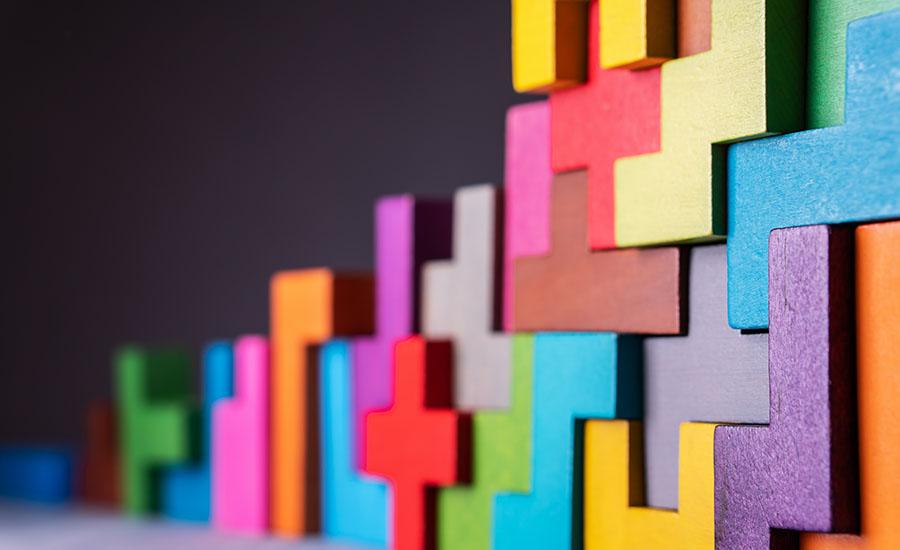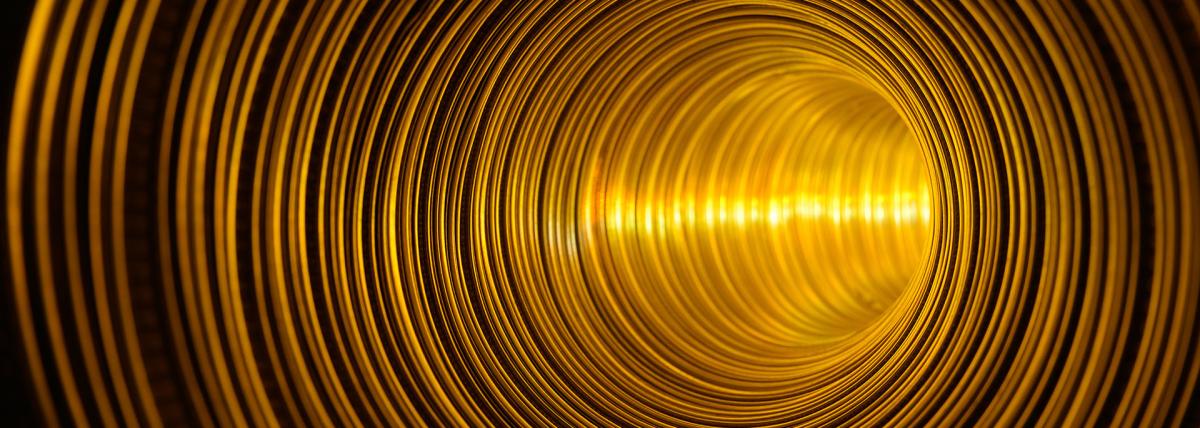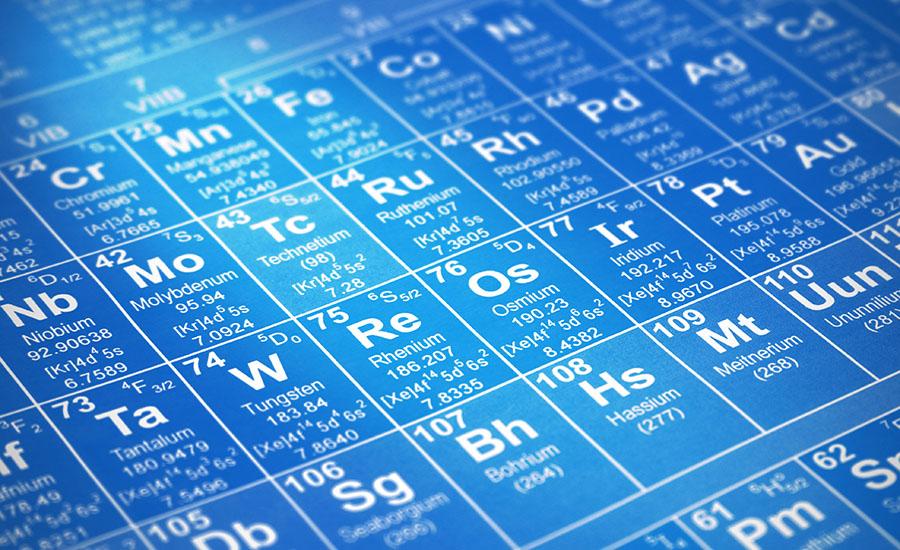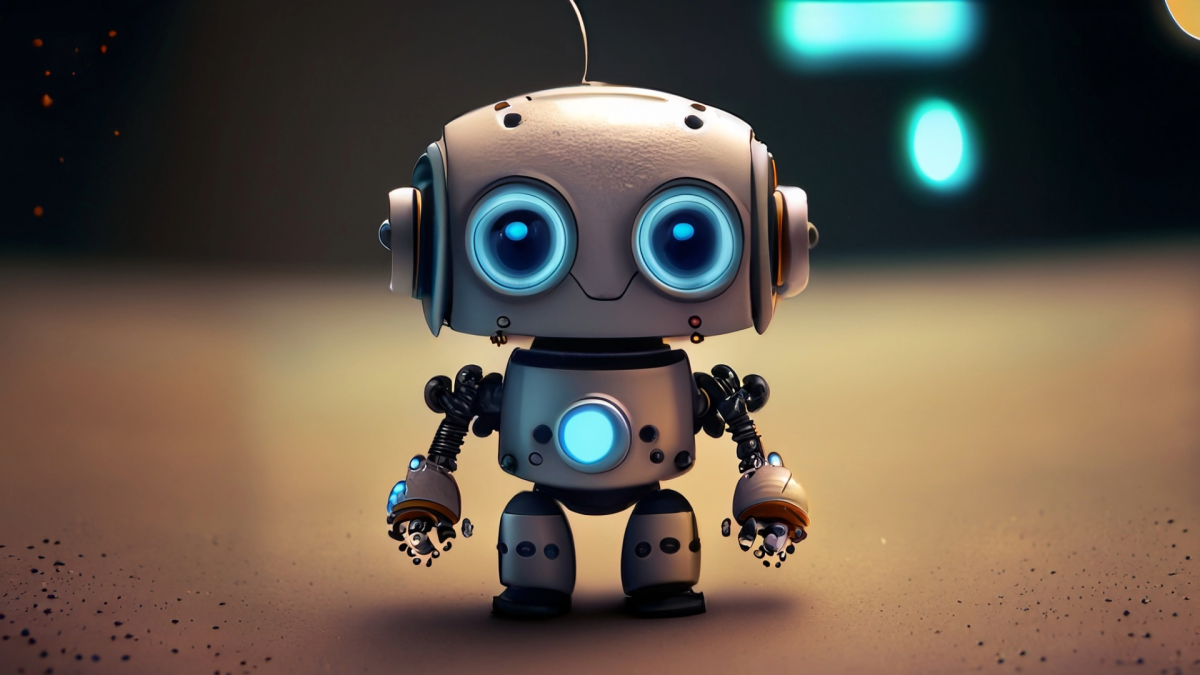
The Crayon Lesson 2 of 2
In this lesson, students will listen to a story about how crayons are made. Students will then observe the effects of temperature on matter as they make "new" crayons. This is the 2nd lesson in a series of 2.
Lesson Grade Level
2nd GradeLesson Plan Link/URL
https://docs.google.com/presentation/d/12xf0AhOM13pfbHMjhyMdyEutQ4WFTXn5/edit?u…Subject Area
Science Physical Science P1: Matter Technology 6. Creative Communicator English Language Arts (ELA) Reading (Literature) Speaking & ListeningRelated Content

Students will create a Google slideshow presentation to document their progress through the engineering design process, which includes: researching the science of sound, then creating an instrument

After learning about emission spectra, electron energy levels, orbitals and configurations, and periodic trends for atomic radius and ionization energy; this is concluding activity that require

Through this project, students will explore the concept of the "robot brain" and its relation to AI. Understand the basics of circuits as a model for the functionality of a robot brain. Create a paper